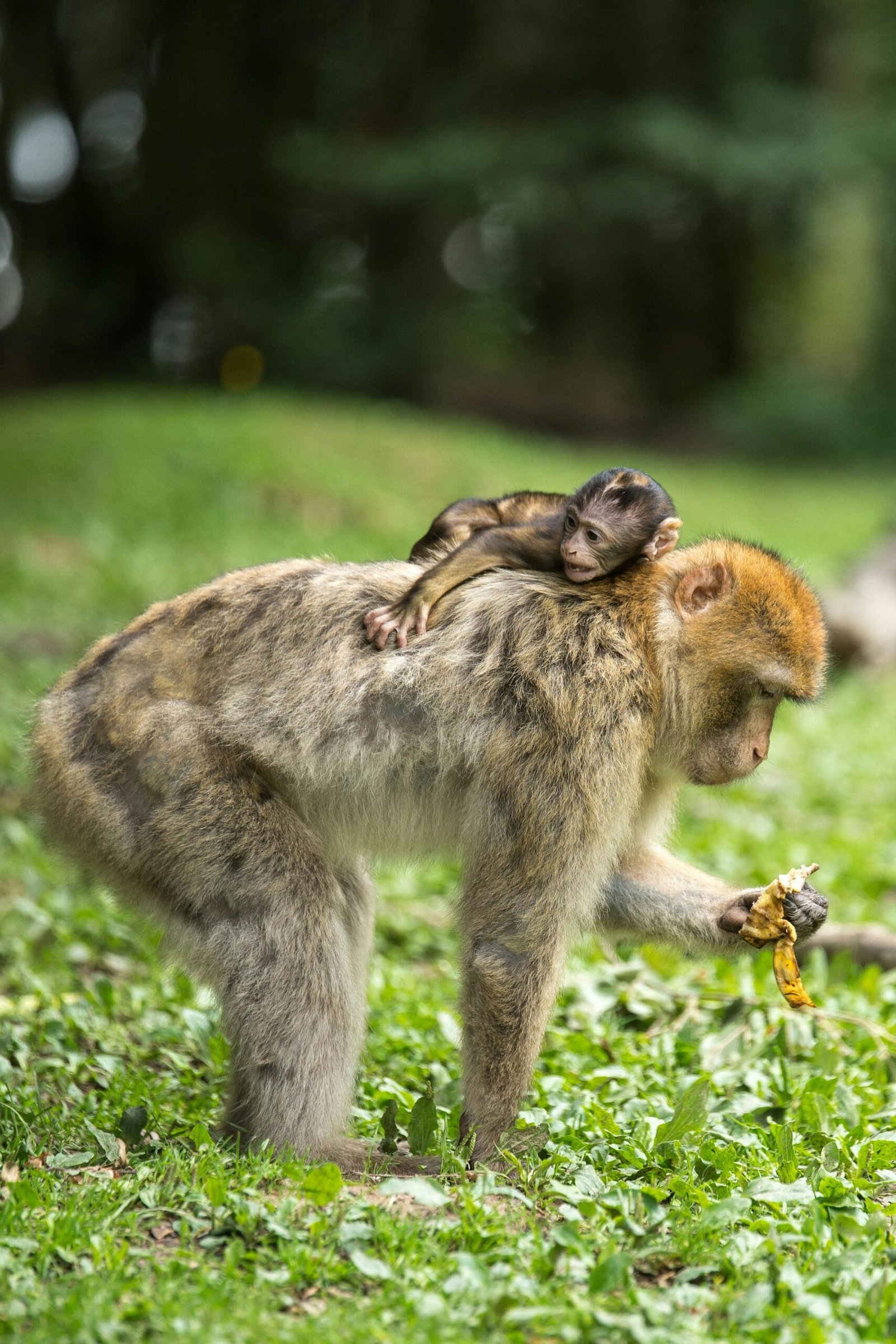Gorillas, our jungle cousins, have hands that are incredibly strong and versatile. Their hands are not only essential for their daily activities but also showcase their intelligence and adaptability in the wild. Let’s dive into the fascinating world of gorilla hands, exploring their unique features, functions, and significance in their natural habitat.
Anatomy of Gorilla Hands
Gorilla hands are remarkably similar to human hands in many ways, featuring:
Opposable Thumbs: Gorillas, like humans, have opposable thumbs that allow them to grasp objects with precision.
Long Fingers: Their fingers are long and dexterous, enabling them to manipulate and handle various items in their environment.
Strong Grip: Gorillas have powerful muscles and tendons in their hands, giving them a strong grip to hold onto branches and food.
Functions and Abilities
Gorilla hands serve a variety of essential functions in their daily lives:
Foraging and Feeding:
Gathering Food: Gorillas use their hands to pick leaves, fruits, and other plant parts from trees and bushes.
Manipulating Food: They can peel fruits and carefully remove unwanted parts before eating.
Social Interactions:
Grooming: Gorillas groom each other using their hands to pick through fur and remove dirt and parasites.
Communication: Hand gestures and movements are important in gorilla communication, conveying emotions and intentions.
Tool Use:
Improvised Tools: Gorillas have been observed using objects like sticks and rocks as tools to aid in feeding or as weapons in displays of aggression.
Adaptations for Survival
Gorilla hands are adapted for their specific ecological niche in dense rainforests and mountainous regions:
Climbing Ability: Their hands, combined with their strong arms and shoulders, allow them to climb trees and move through dense vegetation effortlessly.
Feeding Efficiency: The dexterity of their hands aids in efficiently gathering and processing the varied plant material that makes up their diet.
Conservation and Protection
Protecting gorilla habitats is crucial for ensuring their continued survival, including preserving the environments where their hands are so vital:
Habitat Preservation: Preventing deforestation and habitat destruction is essential to maintain the resources gorillas need to thrive.
Research and Education: Studying gorilla hands provides insights into their behavior and adaptations, guiding conservation efforts.
Conclusion
Gorilla hands are not just tools for survival—they are symbols of their intelligence, adaptability, and social complexity. By understanding and appreciating the unique features of gorilla hands, we gain a deeper respect for these incredible animals and the habitats they depend on for their existence.



